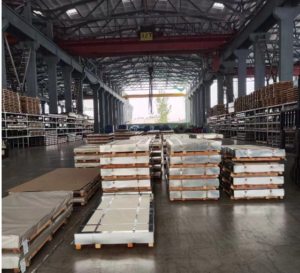The Essential Guide: Cleaning Stainless Steel Surfaces
Prior to Sanitary Service
Cleaning stainless steel surfaces is crucial for ensuring optimal performance and longevity, especially in environments where sanitation is paramount. In this comprehensive guide, we will discuss the best practices for cleaning stainless steel surfaces prior to sanitary service. This guide is based on authoritative industry knowledge and aims to provide detailed, actionable insights.
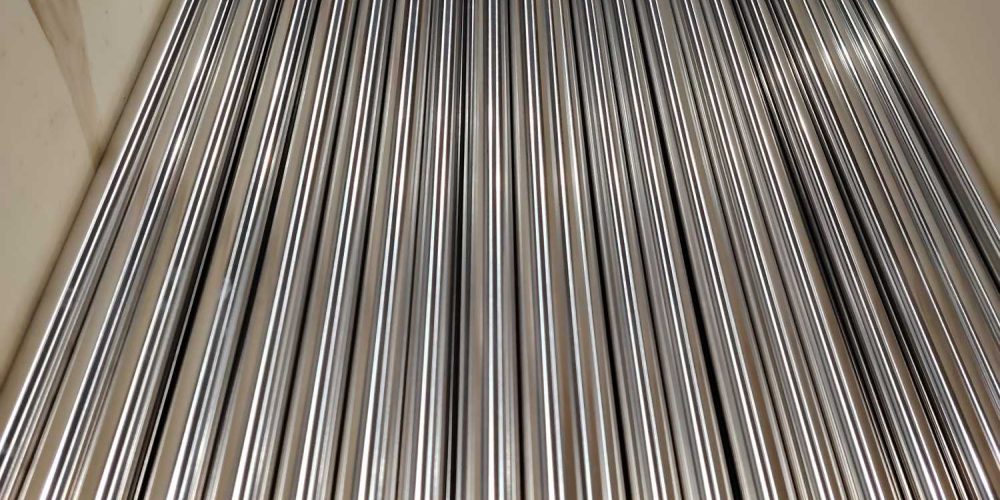
Understanding the Importance of Cleaning Stainless Steel
Cleaning stainless steel surfaces effectively is vital for several reasons. Stainless steel is renowned for its corrosion resistance, durability, and aesthetic appeal. However, to maintain these qualities, especially in sanitary environments such as food processing plants, hospitals, and laboratories, regular and proper cleaning is essential.
Common Contaminants on Stainless Steel Surfaces
Before diving into the cleaning process, it is crucial to identify common contaminants found on stainless steel surfaces:
- Organic residues: Oils, fats, and proteins from food or biological materials.
- Inorganic residues: Mineral deposits, dust, and metal particles.
- Microbial contaminants: Bacteria, mold, and yeast.
Best Practices for Cleaning Stainless Steel
1. Choosing the Right Cleaning Agents
Selecting the appropriate cleaning agents is the first step in ensuring the cleanliness of stainless steel surfaces. Mild detergents, ammonia-based solutions, and specialized stainless steel cleaners are recommended. Avoid using abrasive cleaners or those containing chlorides, as they can damage the surface.
2. Pre-Cleaning Procedures
Before applying any cleaning agents, it is essential to remove loose debris and dust. This can be done using a soft brush or cloth. For more stubborn residues, a gentle rinse with warm water is recommended.
3. Application of Cleaning Agents
Apply the chosen cleaning agent using a soft cloth or sponge. Ensure the cleaner is spread evenly across the surface. For heavily soiled areas, allow the cleaner to sit for a few minutes before wiping.
4. Rinsing and Drying
After cleaning, rinse the surface thoroughly with clean water to remove any residual cleaning agents. It is crucial to dry the surface immediately with a soft cloth to prevent water spots and streaks.
Advanced Cleaning Techniques for Stainless Steel
1. Electrolytic Cleaning
Electrolytic cleaning is an advanced method used in industrial settings. This process involves the use of an electrolyte solution and an electrical current to remove contaminants. It is highly effective for restoring the original finish of stainless steel.
2. Passivation
Passivation is a chemical treatment process that removes free iron from the surface of stainless steel, enhancing its corrosion resistance. This process involves the use of nitric acid or citric acid solutions.
3. Electropolishing
Electropolishing is an electrochemical process that removes a thin layer of material from the stainless steel surface, leaving a smooth, reflective finish. This technique is particularly useful for removing surface imperfections and enhancing the metal’s appearance.
Maintaining Clean Stainless Steel Surfaces
1. Regular Inspection and Maintenance
Regular inspection and maintenance are crucial for keeping stainless steel surfaces clean and sanitary. Establish a routine cleaning schedule based on the usage and exposure of the surfaces to contaminants.
2. Proper Handling and Storage
Proper handling and storage of stainless steel equipment and surfaces can significantly reduce contamination. Ensure that stainless steel items are stored in a clean, dry environment and are handled with clean gloves or cloths.
3. Use of Protective Coatings
Applying protective coatings can help maintain the cleanliness and appearance of stainless steel surfaces. Coatings such as clear lacquers or polymer films can provide an additional barrier against contaminants.
Case Study: Cleaning Stainless Steel in Food Processing Plantsattis, pulvinar dapibus leo.
In food processing plants, maintaining the cleanliness of stainless steel surfaces is critical for preventing contamination and ensuring food safety. A study conducted by the Institute of Food Technologists highlighted the effectiveness of using a combination of alkaline cleaners and sanitizers. The study found that this combination effectively removed organic residues and reduced microbial load on stainless steel surfaces.
Conclusion
Proper cleaning of stainless steel surfaces prior to sanitary service is essential for maintaining their performance, appearance, and longevity. By following the best practices and advanced techniques outlined in this guide, you can ensure that your stainless steel surfaces remain clean, sanitary, and in optimal condition.
Read More
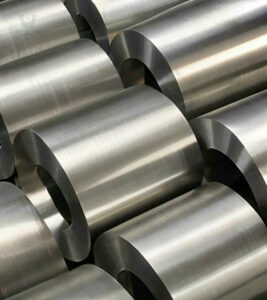
Duplex Steel 2205 Coils: Understanding the Applications and Uses
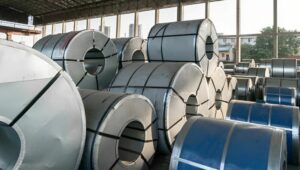
What Are Steel Coils Used For ?
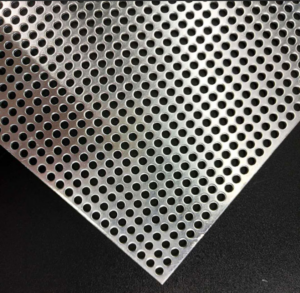
Top 10 Applications of Perforated Metal in Architectural Projects
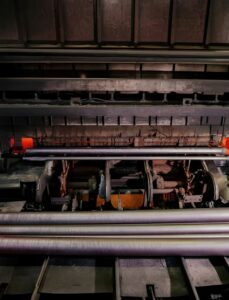
Guide to Stainless Steel Pipe Rolling: Process, Benefits, and Applications
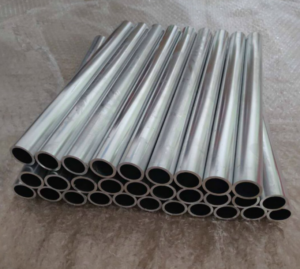
How Are Stainless Steel Welded Tubes Made?
